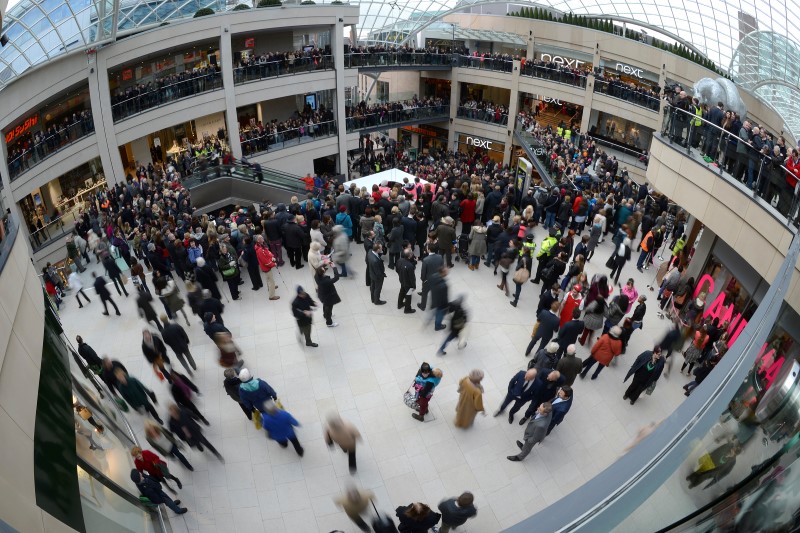(Reuters) - The U.S. Federal Reserve should engineer monetary policy to spur inflation to rise above its two-percent target because the costs of doing so are less than in past decades, Chicago Federal Reserve Bank President Charles Evans said on Tuesday.
"I see benefits to trying to engineer policy to allow for the strong possibility of inflation overshooting its target," Evans said at an event in Sydney, Australia.
"I also think it would help to indicate that policymakers would be willing to accept the increased inflationary risk that might accompany further declines in unemployment," he added, citing his view that the U.S. economy is not yet at full employment and is in unprecedented territory compared to past cycles.
Evans said any rise in inflation above the current target would be minimal in the current environment so "if it became necessary, policy wouldn't have to do much work to lower inflation expectations back down to 2 percent."
Evans has repeatedly expressed concern on the U.S. central bank's preferred measure of inflation moving back to its target rate. It currently stands at 1.7 percent.
The Chicago Fed president does not have a vote this year on Fed policy but will become a voting member in 2017. Still, currently he does participate fully in deliberations.
The U.S. central bank is still mulling another rate increase almost a year after raising rates from near zero last December.
While Evans has repeatedly cautioned against raising rates again amid tepid inflation, he last week said he would be "fine" with a rate hike in December as long as any further moves were tied more explicitly to improvements in inflation indicators.
The Fed looks increasingly likely to raise interest rates in December as long as job gains and inflation show further signs of strengthening.
The Fed also meets in early November but traders do not expect a move then given its proximity to the U.S. election.
Last Friday's monthly jobs report for September showed that while employment growth is slowing, it is still well above the level required to offset population growth. Fed Vice Chair Stanley Fischer described the numbers as "close" to ideal.
Traders currently predict a roughly 70 percent probability that the U.S. central bank will raise rates at its December meeting, according to data from the CME Group.
